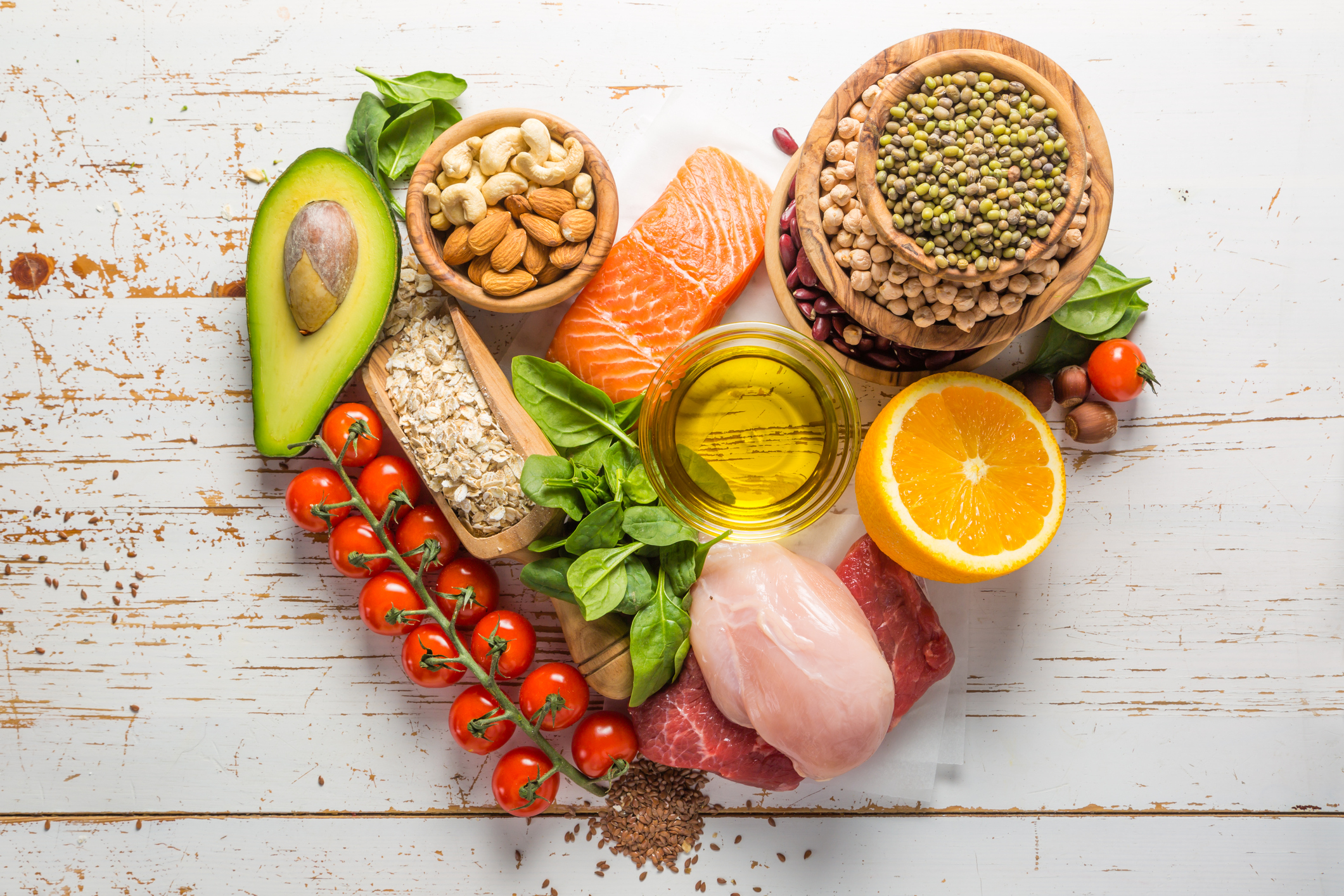Keto diets have really come on strong in the past year and a half and for good reason. It’s a great way to not only shed those unwanted pounds quick, but also a great way to get healthy and stay that way. For those that have tried the Keto Diet and are still on it, it’s more than just a diet. It’s a way of life, a completely new lifestyle. But like any major shift in our lives it is not an easy one, it takes an incredible amount of commitment and determination.
Good for Some But not for all? – Although a ketogenic diet has been used to greatly improve people’s quality of life, there are some out there who do not share the majority’s way of thinking. But why is that exactly? Ever since we can remember we have been taught that the only way to get rid of the extra weight was to quit eating the fat filled foods that we are so accustomed to eating every day. So instructing people to eat healthy fats (The key word is Healthy) you can certainly understand why some people would be skeptical as to how and why you would eat more fat to achieve weight lost and achieve it fast. This concept goes against everything we have ever known about weight loss.
How Keto Started – Discovered by endocrinologist Rollin Woodyatt in 1921 when he found that 3 water -soluble compounds Aceture, B-hydroxybutyrate and Acetoacetate (Known together as Ketone bodies) were produced by the liver as a result of starvation or if the person followed a diet rich with high fat and very low carbs. Later on that year a man from the Mayo Clinic by the name of Russel Wilder named it the Ketogenic Diet, and used it to treat epilepsy in young children with great success. But because of advancements in medicine it was replaced.
My Struggles Starting Keto – I started Keto February 28th 2018, I had made an attempt at the Keto Diet once before about 6 months prior but was never able to make it through the first week. The first week on Keto is the worst part of the entire process, this is when the dreaded Keto Flu appears also called the carb flu. The Keto Flu is a natural reaction your body undergoes when switching from burning glucose (sugar) as energy to burning fat instead. Many people who have gone on the Keto Diet say that it actually feels similar to withdrawing from an addictive substance. This can last anywhere between 3 days to an entire week, it only lasted a few days in my case.
People who have had the keto Flu report feeling drowsy, achy, nauseous, dizzy and have terrible migraines among other things. The first week is usually when people attempting a Keto Diet fail and quit, just remember that this happens to everyone early in the process and if you can get past the first week the hardest part is over. There are a few remedies you can use to help you get through this rough spell. Taking Electrolyte supplements, staying hydrated, drinking bone broth, eating more meat and getting plenty of sleep. Keto Flu is an unfortunate event that occurs to everyone as the body expels the typical day-to-day diet. You just have to power through.
What Does A Ketogenic Diet Look Like? – When the average person eats a meal rich in carbs, their body takes those carbs and converts them into glucose for fuel. Glucose is the body’s main source of fuel when carbs are present in the body, on a Keto diet there are very low if any at all carbs consumed which forces the body to utilize other forms of energy to keep the body functioning properly. This is where healthy fats come into play, with the absence of carbs the liver takes fatty acids in the body and converts them into ketone bodies.
An ideal Keto diet should consist of:
• 70-80% Fat
• 20-25% Protein
• 5-10% Carbs
You should not be eating more than 20g of carbs per day to maintain the typical Ketogenic diet. I personally ate less than 10g per day for a more drastic experience but I achieved my initial goals and then some. I lost 28 lbs. in a little under 3 weeks.
What Is Ketosis? – When the body is fueled completely by fat it enters a state called Ketosis, which is a natural state for the body. After all of the sugars and unhealthy fats have been removed from the body during the first couple of weeks, the body is now free run on healthy fats. Ketosis has many potential benefits-related to rapid weight loss, health or performance. In certain situations like type 1 diabetes excessive ketosis can become extremely dangerous, where as in certain cases paired with intermittent fasting can be extremely beneficial for people suffering from type 2 diabetes. Substantial work is being conducted on this topic by Dr. Jason Fung M.D. (Nephrologist) of the Intensive Dietary Management Program.
What I Can and Can’t Eat – For someone new to Keto it can be very challenging to stick to a low-carb diet, even though fat is the cornerstone of this diet you should not be eating any and all kinds of fat. Healthy fats are essential, but what is healthy fat you might ask. Healthy fats would consist of grass-fed meats, (lamb, beef, goat, venison), wild caught fish and seafood, pastured pork & poultry’s. Eggs and salt free butters can also be ingested. Be sure to stay away from starchy vegetables, fruit, and grains. Processed foods are in no way accepted in any shape or form on the Ketogenic diet, artificial sweeteners and milk can also pose a serious issue.




